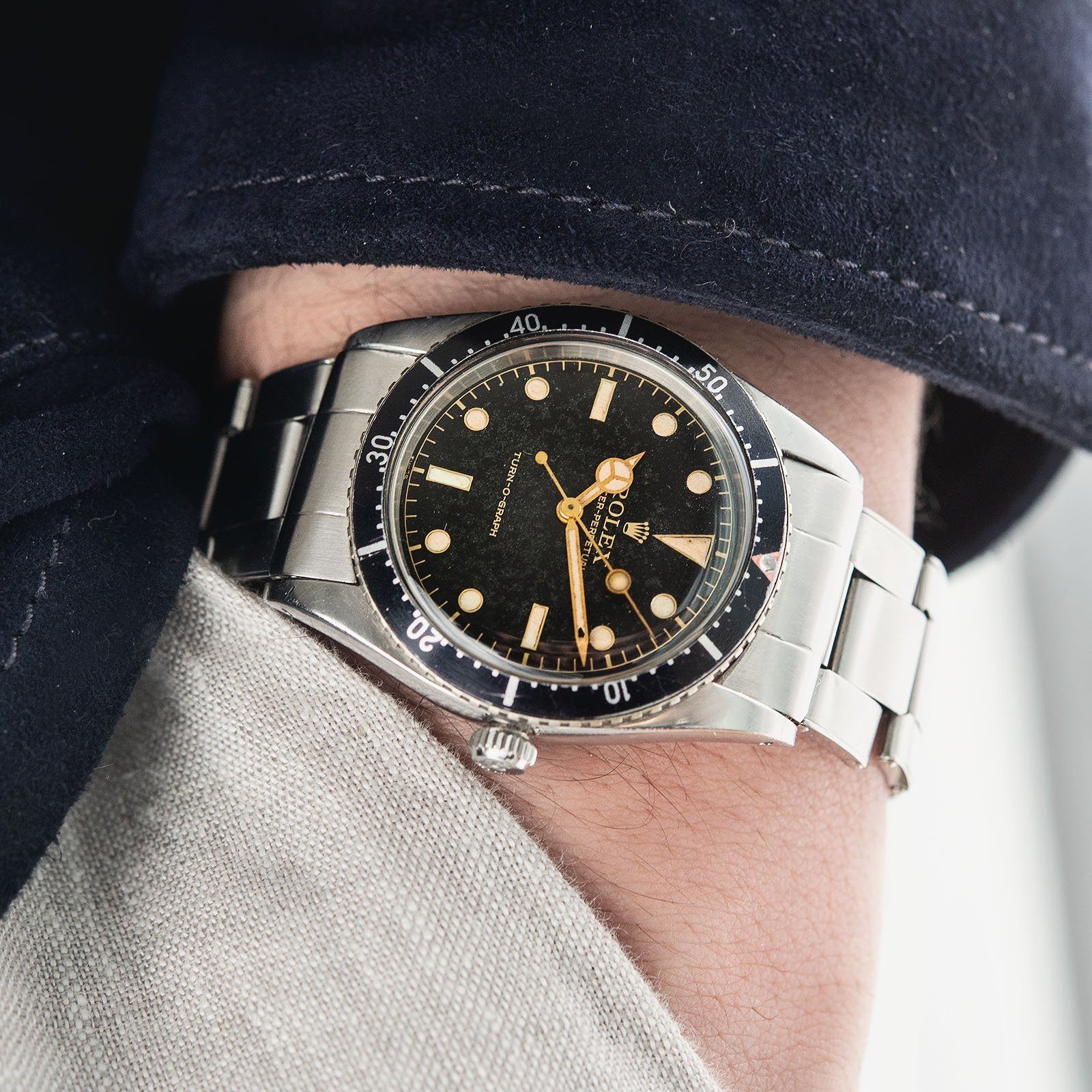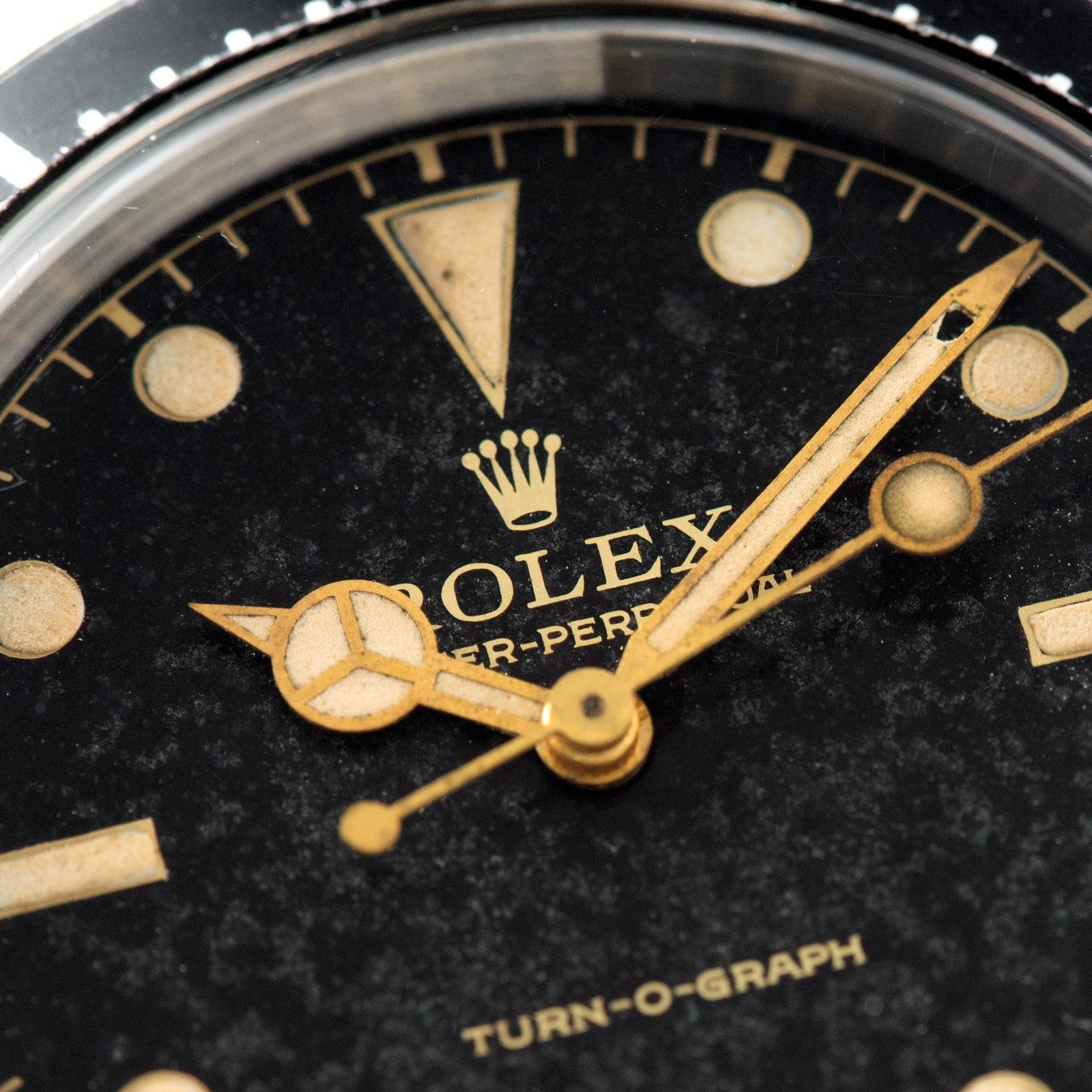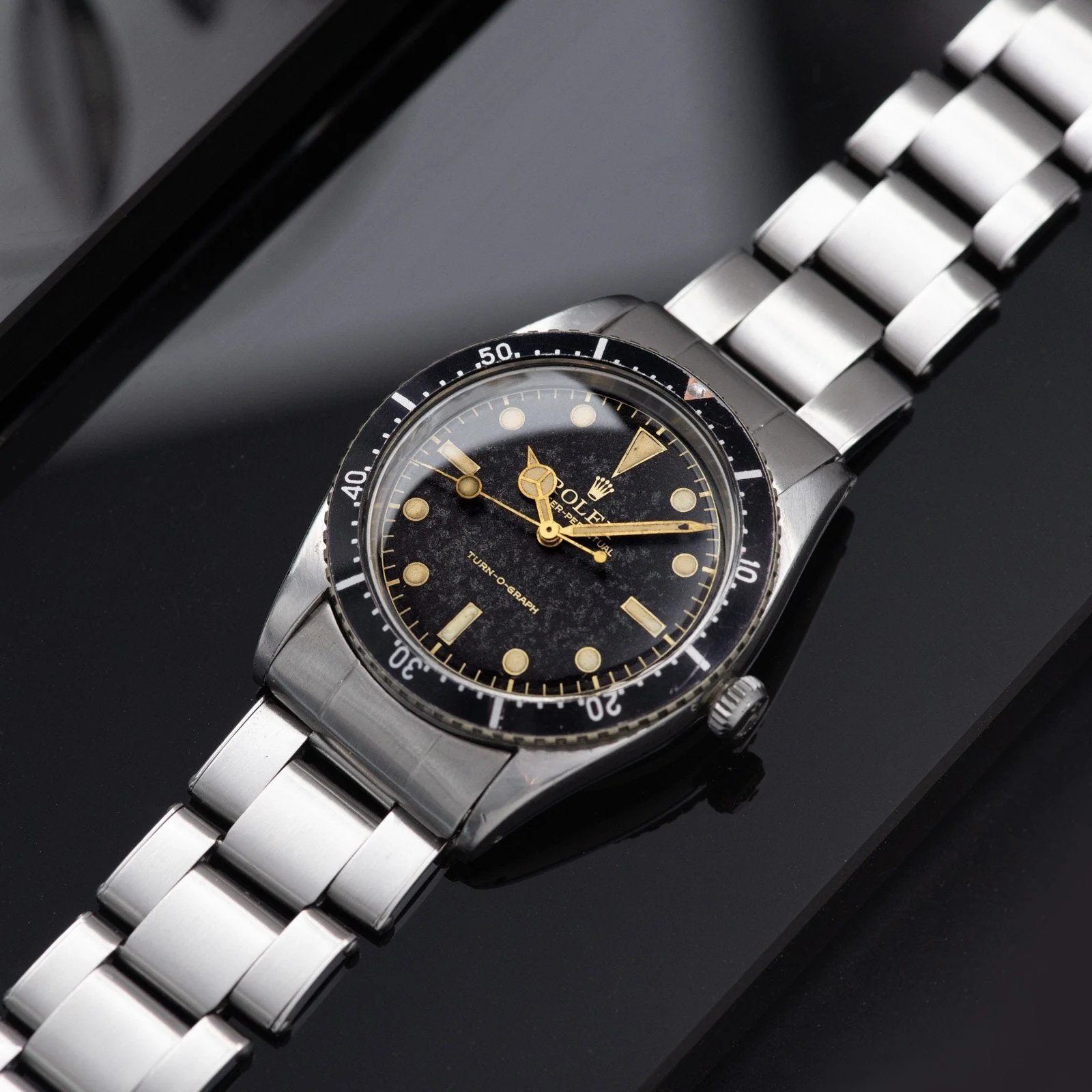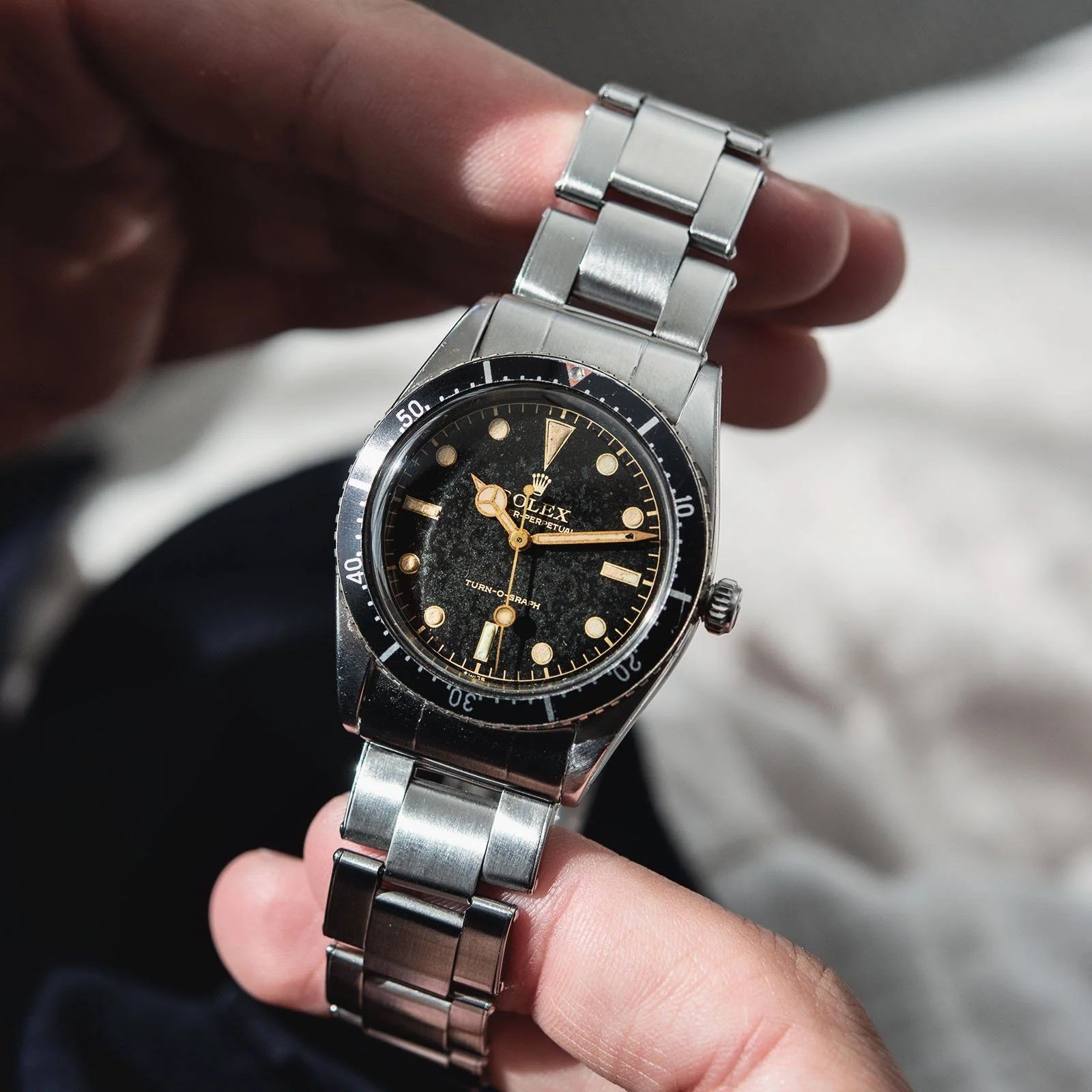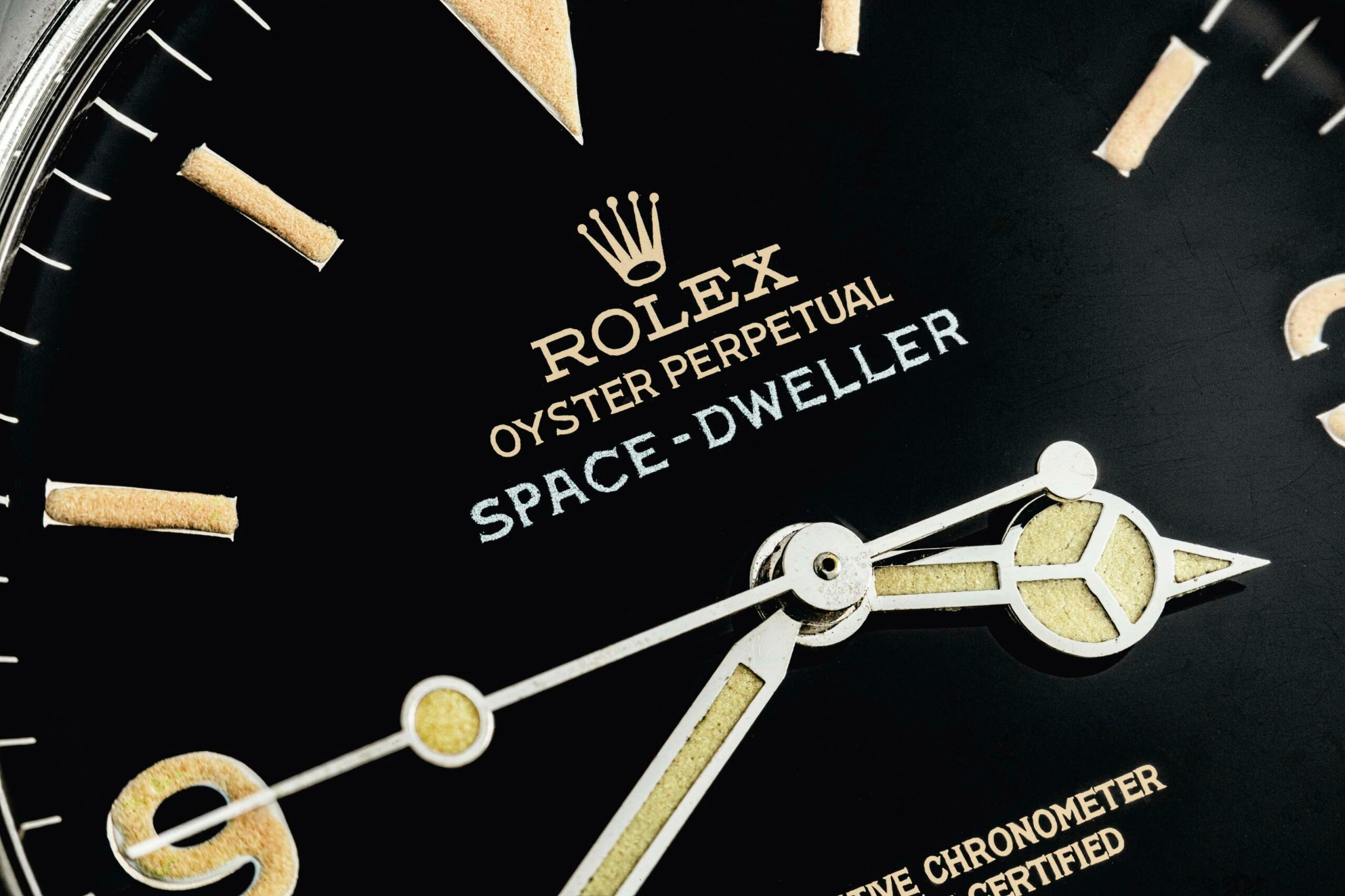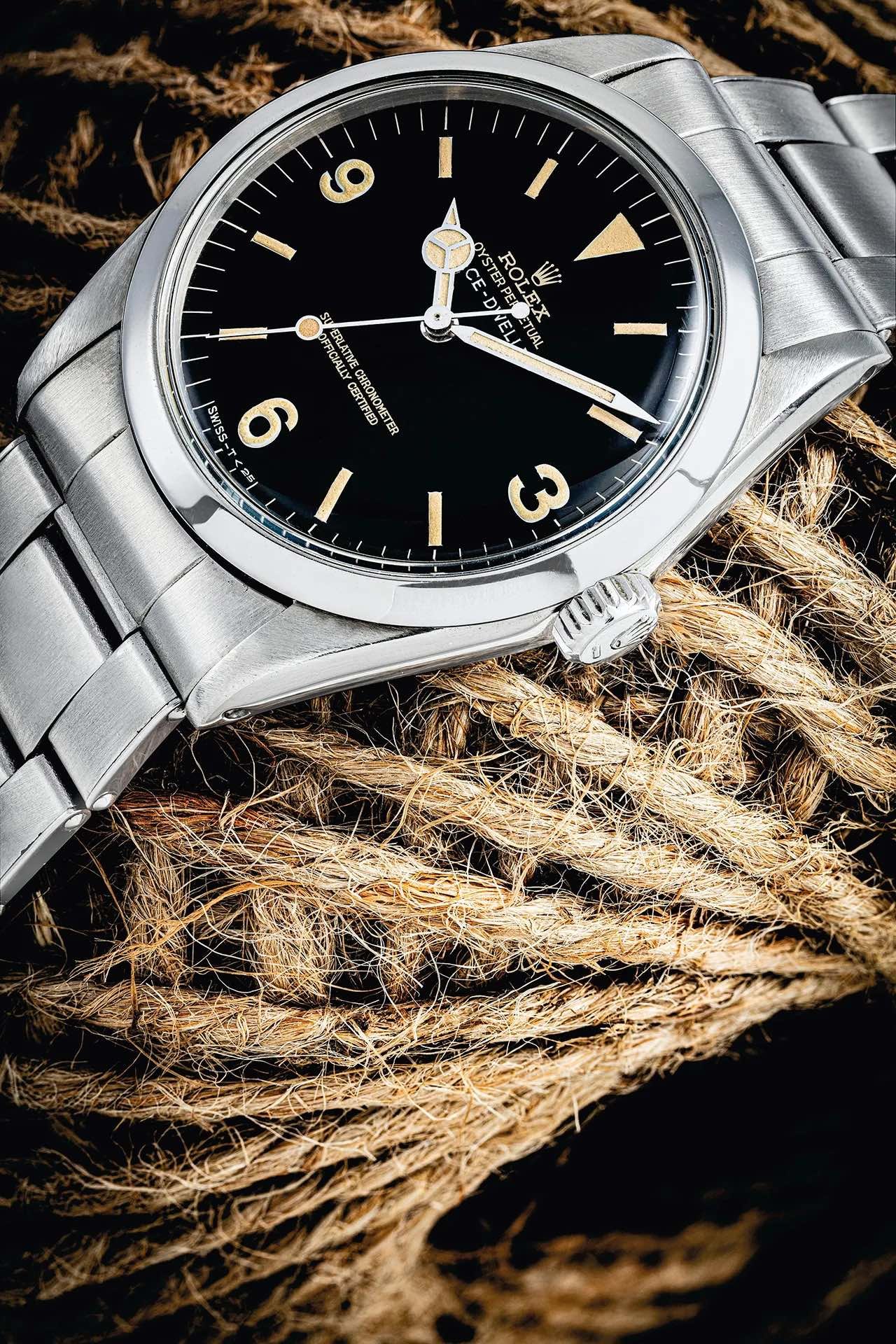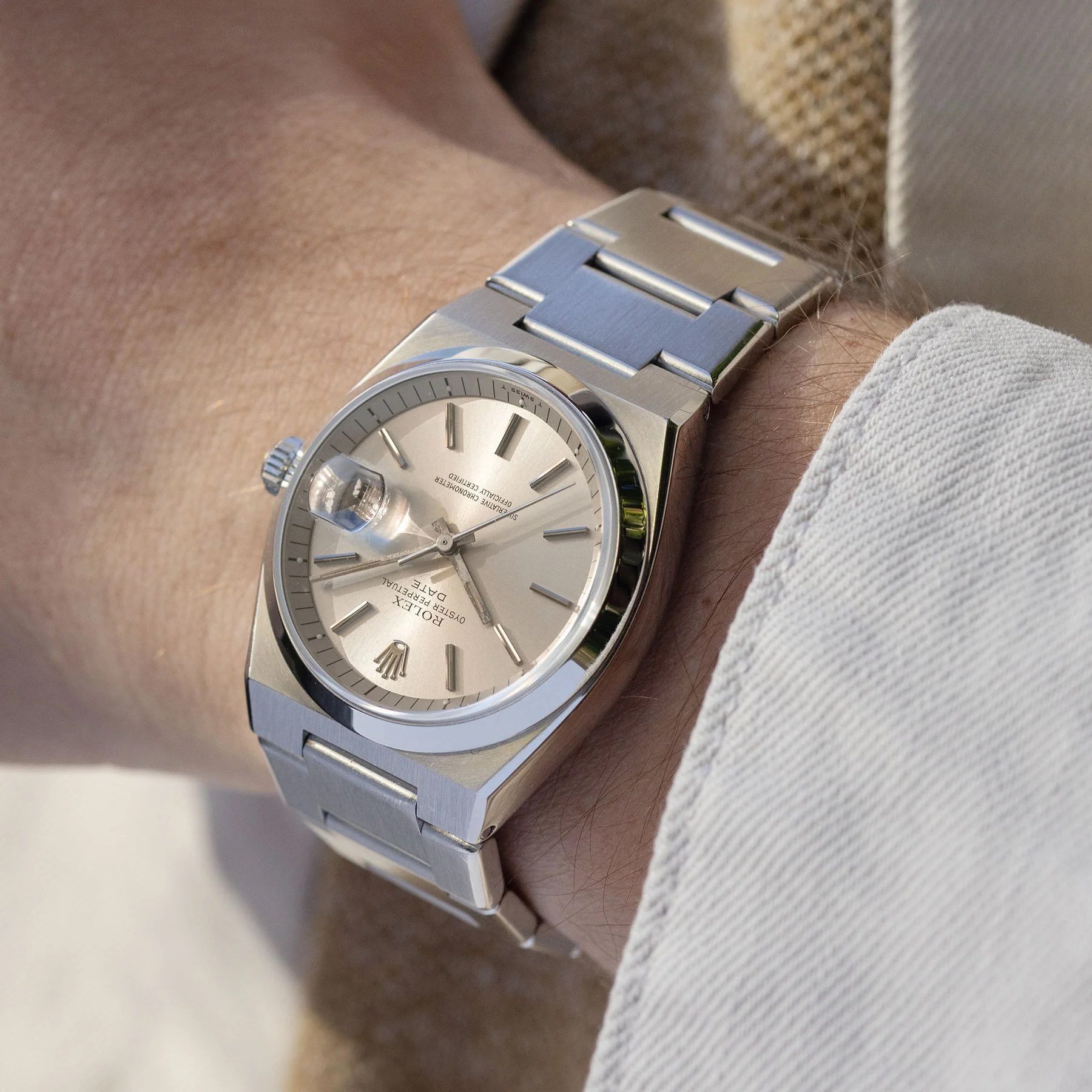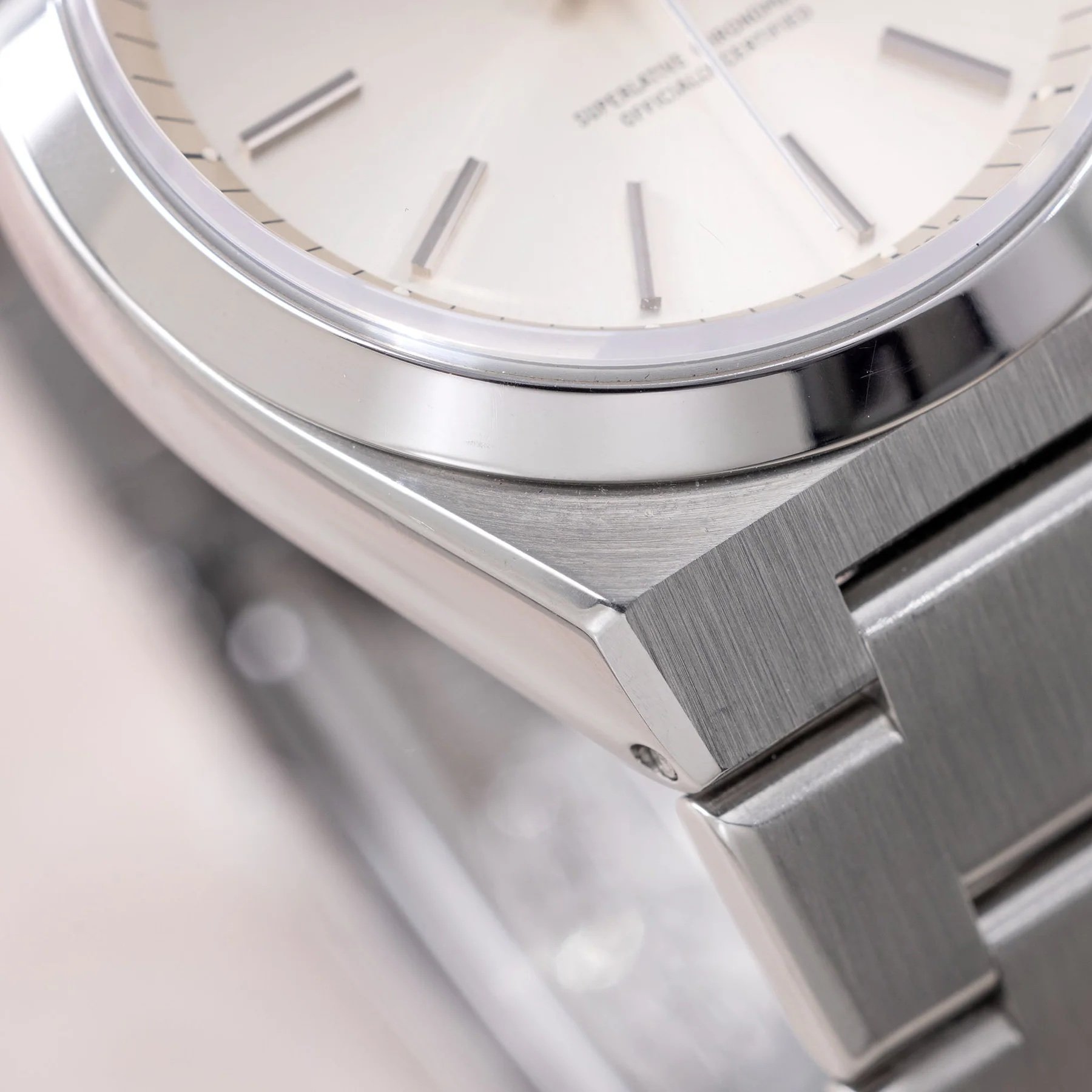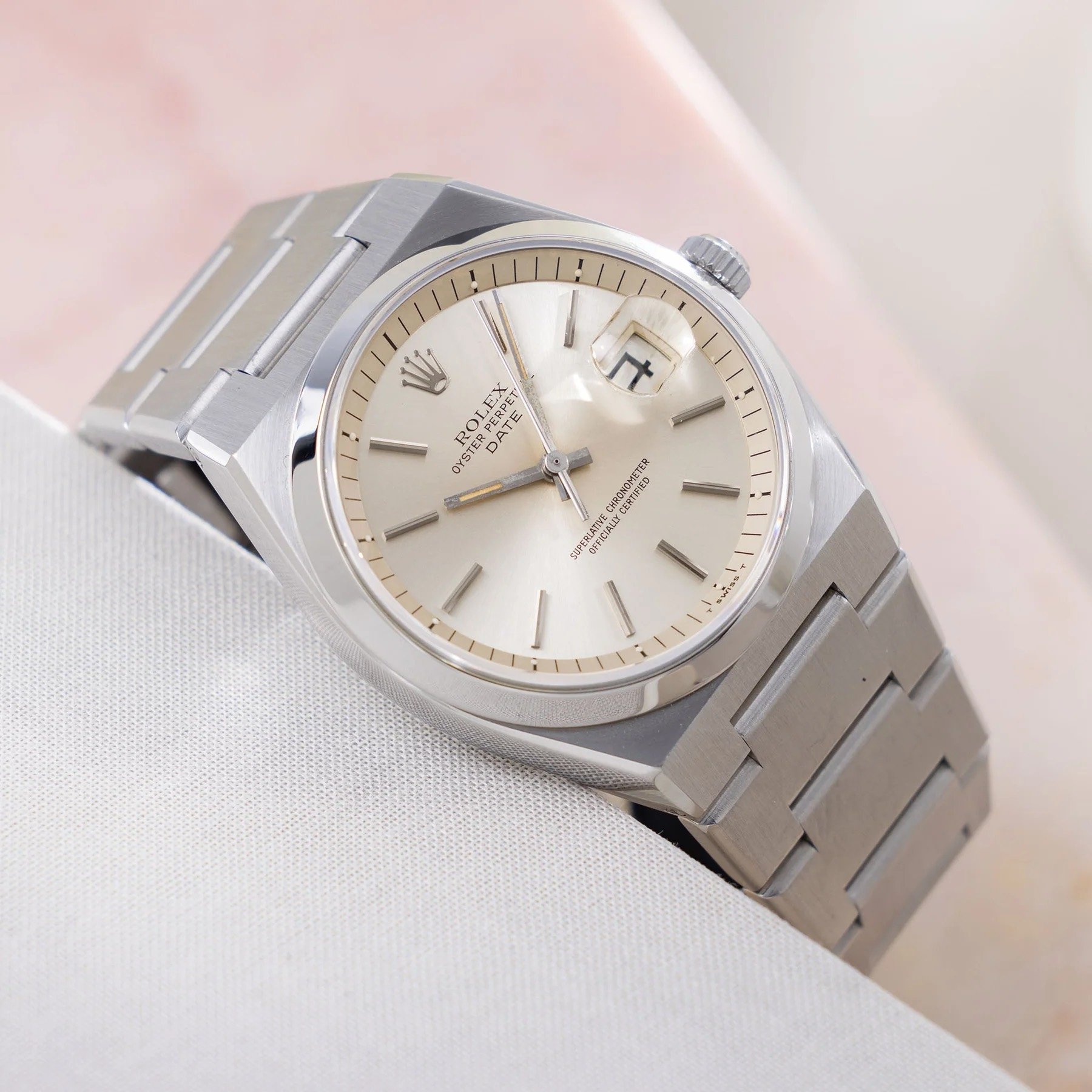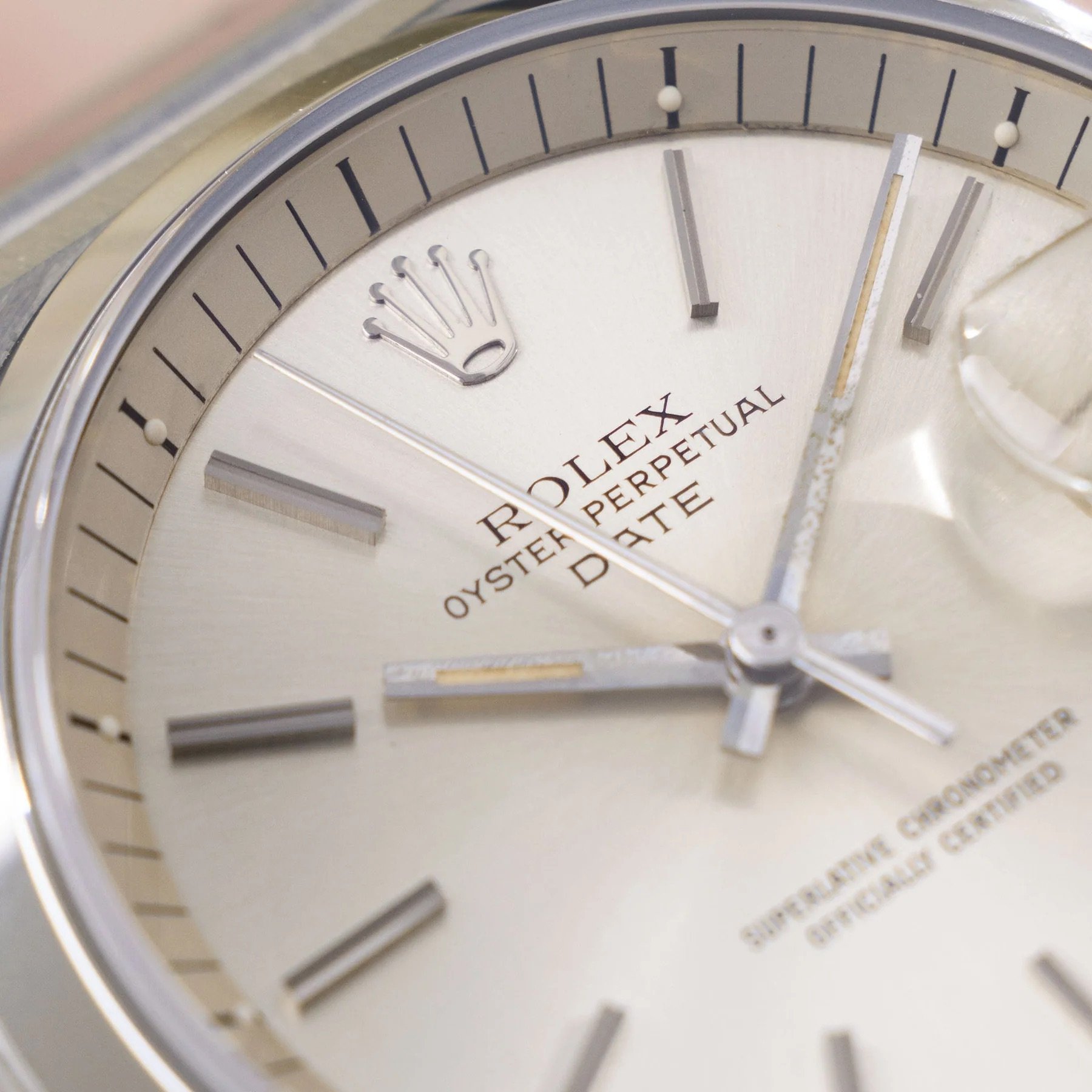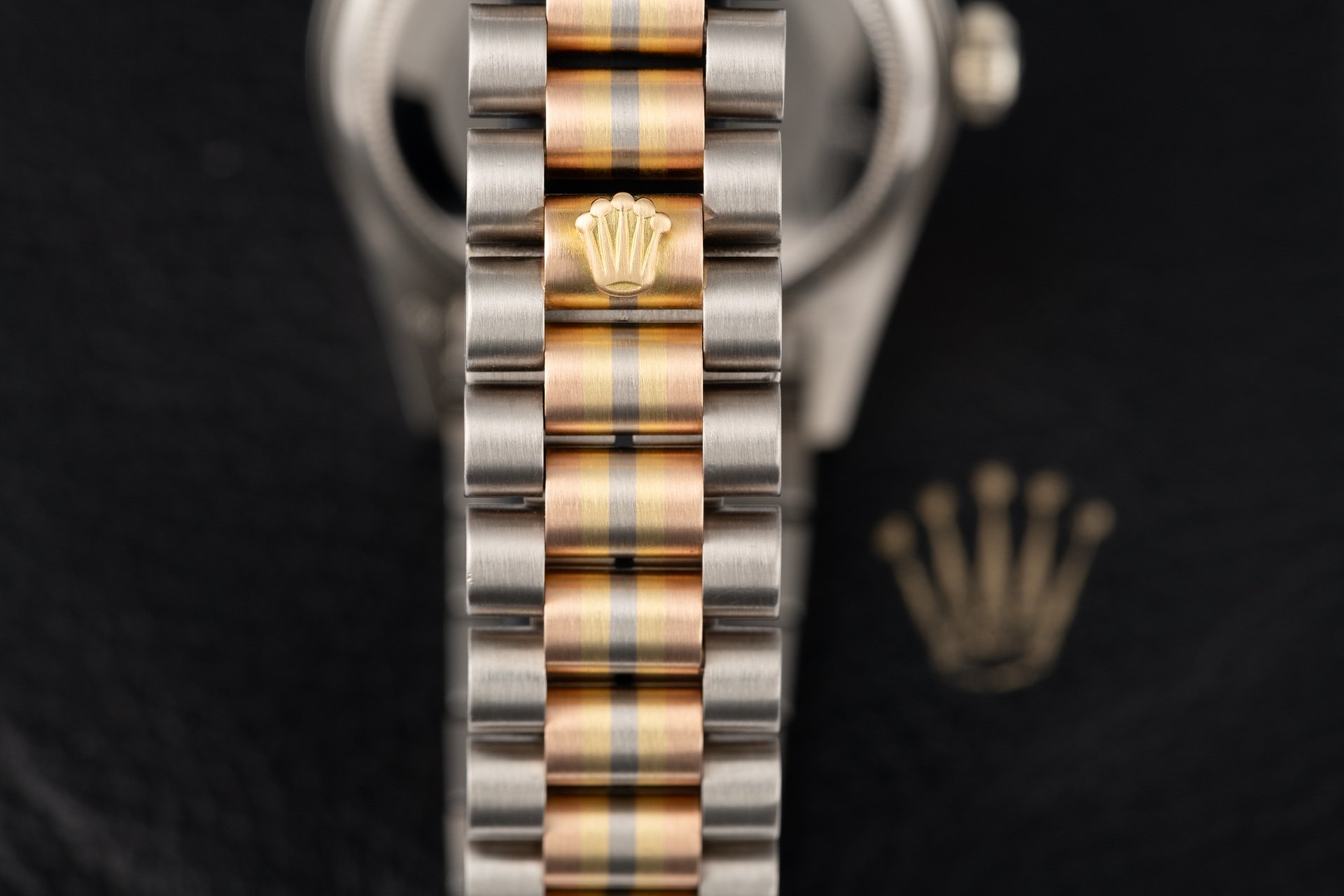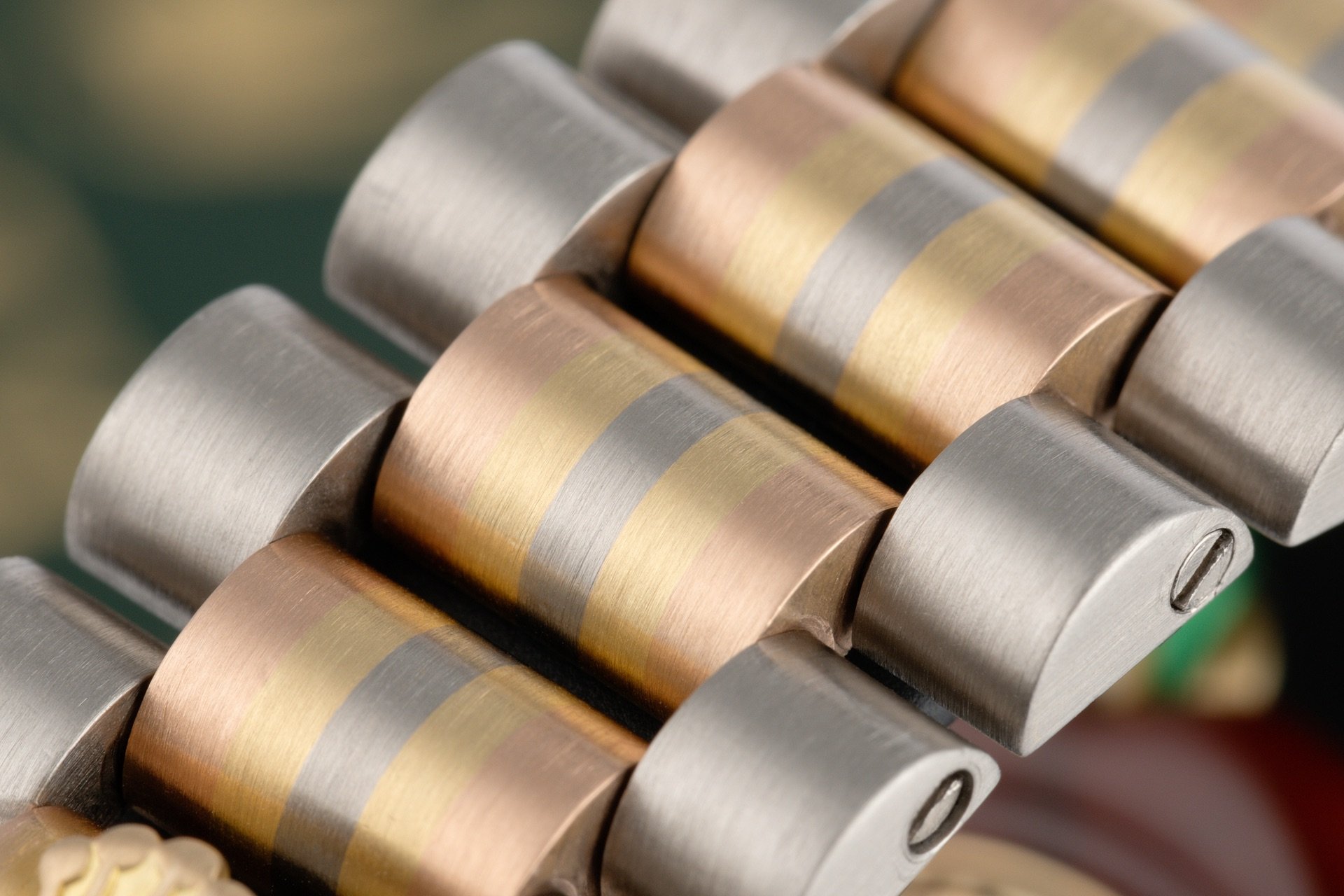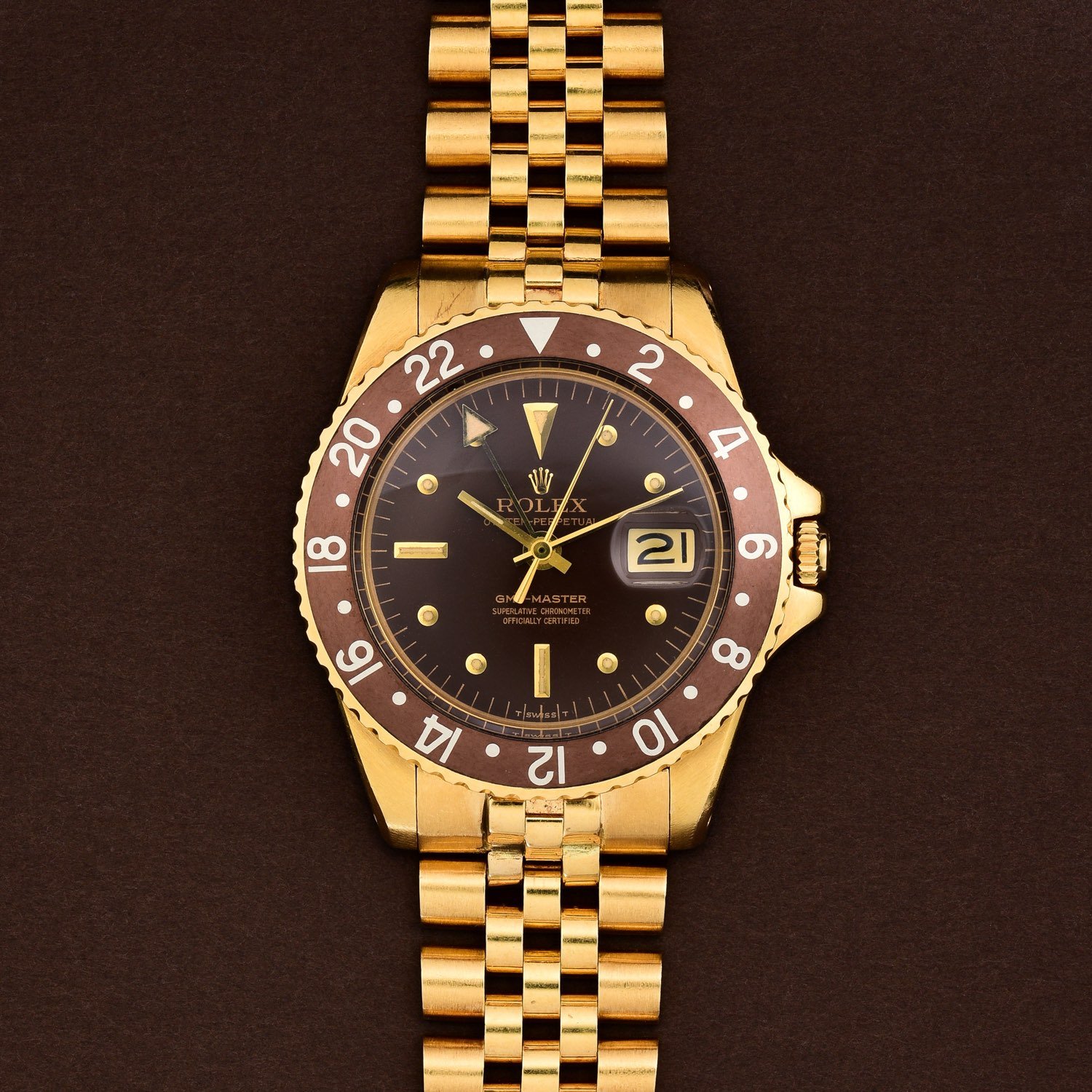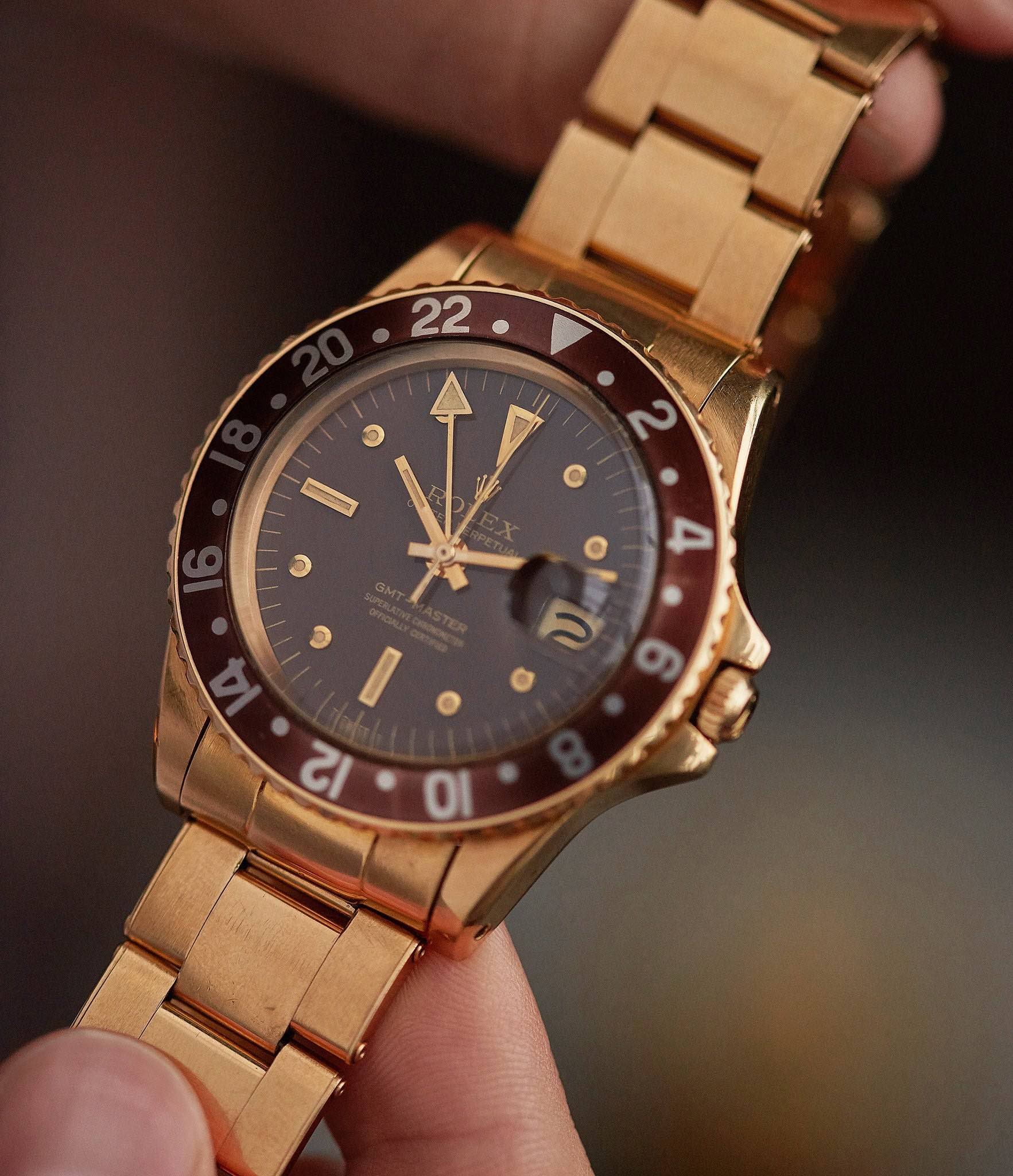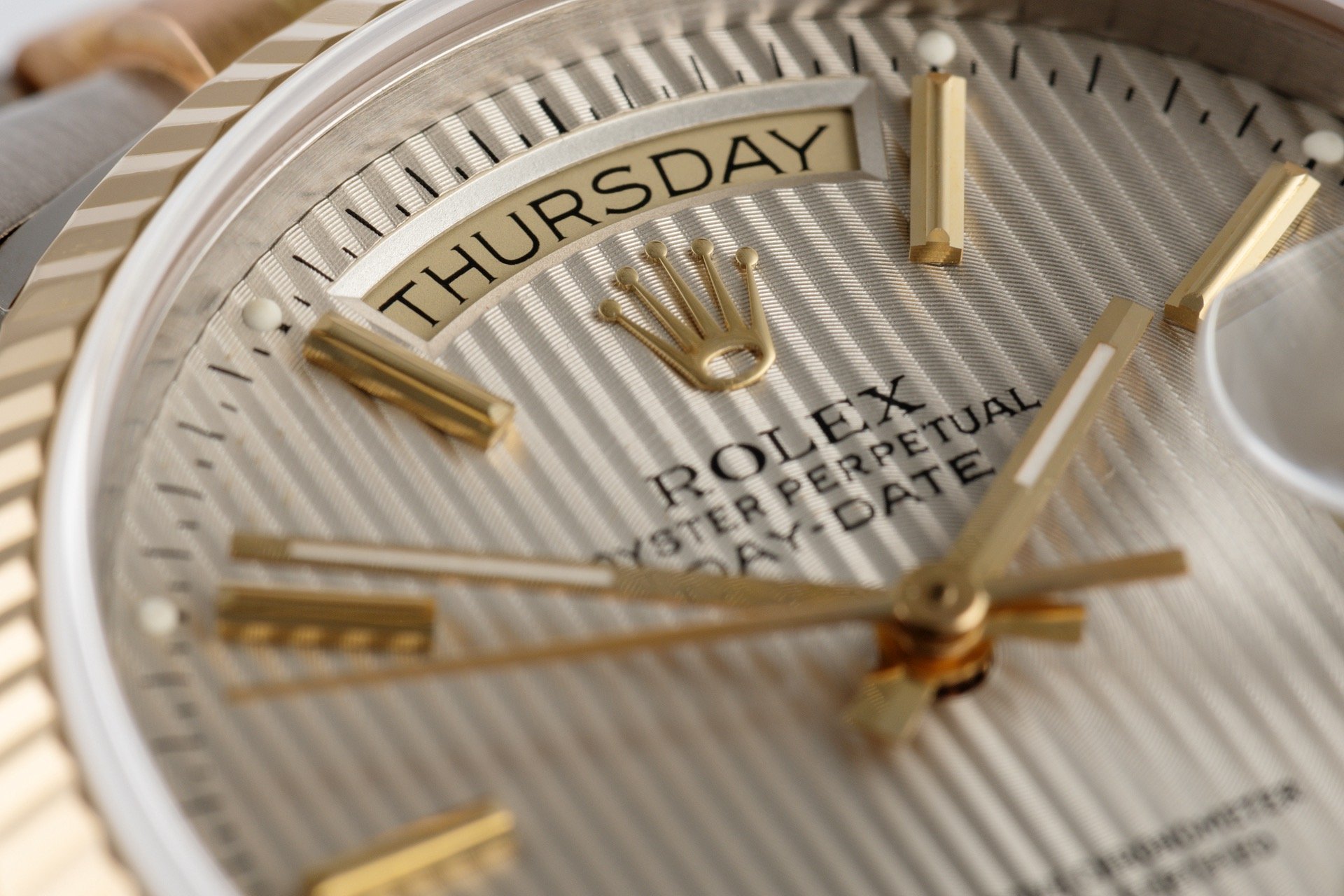Fratello’s Top 5 Oddball Rolex Watches — Featuring The Turn-O-Graph, GMT-Master “Concorde,” Oyster Perpetual Date, And More
Another Friday, another Top 5! This week, we will take a look at some oddball Rolex models. For this list, we selected five wonderfully strange cult classics. Some have a different dial that sets them apart from their regular counterparts, and some are unique models. If you are a Rolex fan, you will know about these watches. But if you are not, this list might surprise you. Either way, we feel that each of these five watches is cool in a strange way. So, without further ado, let’s jump into Fratello’s Top 5 Oddball Rolex Watches!
Rolex Turn-O-Graph ref. 6202
The Rolex Turn-O-Graph is one of those oddball Rolex watches that fans love. Lex wrote an article asking Rolex to bring it back in its Datejust guise. As some of you will know, there are multiple generations of the Turn-O-Graph. We picked the first generation as it’s the most historically significant. The Turn-O-Graph ref. 6202 is considered the first serially produced Rolex tool watch.
Lex explained that the name combines “to turn” and “chronograph.” While the watch was not a chronograph, it did feature a bidirectional rotatable bezel with a 60-minute scale. Therefore, it is often seen as the “Pre-Submariner.” Looking at its design, it is not a big leap to the first Submariner references that followed shortly after.
The Turn-O-Graph ref. 6202 was in production for just 12 months, making it a rare bird. It featured a 36mm Oyster case, a gilt dial, and a black bezel with a red triangle. Rolex equipped the watch with its caliber 645 (A260). This automatic movement operated at 18,000vph and had a 41-hour power reserve. The first Turn-O-Graph was also fitted with a riveted Oyster bracelet to finish the look in great style.
It’s a design that influenced all the Rolex tool watches that followed, from the previously mentioned Submariner to the first-generation Milgauss ref. 6541 and the numerous other instantly recognizable classics. It is believed that Rolex only made 1,000 pieces of the ref. 6202 in that single year of production. A small number was produced with the name “Monometer” on the dial, though the watches were identical to the Turn-O-Graph. If you want one of the first Rolex tool watches, expect to see prices between €25,000 and €50,000.
Rolex Explorer “Space-Dweller” ref. 1016
Our next pick on this list of oddball Rolex watches is the Explorer ref. 1016 “Space-Dweller.” But the Space-Dweller is a curious case. Was it a small batch of Explorer ref. 1016 models that Rolex actually produced, or is it merely a story of a small series of Space-Dweller dials that were never actually used and fitted to several 1016s decades later? It’s an intriguing story, and it reads like a novel that still needs the final plot twist. The last interesting article we have seen on the handful of Space-Dwellers that have surfaced comes courtesy of Perezcope. He did some amazing in-depth research that I highly suggest you read to get the full story and make up your mind about the Space-Dweller’s true origins.
The story that has surrounded the Space-Dweller for years is that Rolex created the watches specifically for the Japanese market. The NASA Project Mercury team, including John H. Glenn and Alan Shepard, visited Japan in 1963 and were welcomed like true stars. As the story goes, Rolex seized the opportunity to create a limited run of Rolex Explorer 1016s with “Space-Dweller” on the dial rather than the usual “Explorer.”
Consequently, the handful of Space-Dwellers are all regular 36mm Explorer 1016 models powered by caliber 1560/1570. But were they actually from a small batch of special Explorers, or were these dials never really used for these watches in the 1960s? There is more to this tale than I can fit in this article, but do read Perezcope’s story. Whatever the plot twist, these watches are rare and go for incredible prices whenever they show up for auction.
Rolex Oyster Perpetual Date ref. 1530
Most of you will be familiar with the Rolex Day-Date Oysterquartz and the Datejust Oysterquartz. They were the successors of the Rolex Date ref. 5100 powered by the Beta 21 quartz movement. But while Rolex was still developing the new movements for both models, the design of the case and bracelet was already complete.
That’s why Rolex created a small run of the Oyster Perpetual Date ref. 1530. The watch featured the new 36mm case and integrated bracelet and was powered by the brand’s caliber 1570. This automatic movement operated at a 19,800vph frequency and offered a 48-hour power reserve.
The ref. 1530 was made from 1975 until 1977, and it is believed that only 1,500 pieces were ever produced. The watches all came fitted with a silver dial. Over time, however, many of the dials discolored and developed a nice patina, resulting in both lemony-yellow dials and darker taupe-colored ones. The Oyster Perpetual Date ref. 1530 was also one of the first Rolex models fitted with a sapphire crystal, making it even more interesting.
But above anything else, it’s all about combining the Oysterquartz looks with a mechanical movement. That combination is very tempting, offering a pleasing aesthetic with the joys of a mechanical movement. This is why we love this rare but very cool Rolex Oyster Perpetual Date ref. 1530. But expect to pay serious money for one as they go for roughly €15K–30K.
Rolex Day-Date “Tridor” ref. 18039BIC
The next oddball pick is very much a “love it or hate it” kind of timepiece. The Rolex Day-Date “Tridor” ref. 18039BIC is one of the few references that combines three different kinds of gold in the bracelet with remarkable results. Rolex introduced the so-called Day-Date “Tridor” in 1977, starting with this reference. Besides the Day-Date Tridor, the brand also produced several Datejust and Lady-Datejust Tridor references, which are quite rare.
The Day-Date ref. 18039BIC stayed in production until 1989 when the more commonly known ref. 18239B succeeded it. The biggest difference between the two was the movement. The ref. 18039 was powered by the caliber 3055, whereas the updated 18239 was powered by the caliber 3155 with a double-quickset function.
The standard ref. 18039 was a white gold Day-Date that was the foundation for the Tridor model. This colorful variant featured a 36mm white gold case with a yellow bezel and a white gold crown. But the most remarkable element of the watch was, of course, the President bracelet. It featured white gold outer links combined with center links that melded the three different types of gold to create a seamless pattern.
The outer parts are rose gold, the center part is white gold, and the parts in between are yellow gold. The result is something truly special. The Genevan brand kept the succeeding ref. 18239B in the collection until 2000 when it was discontinued, and with its discontinuation, the Day-Date Tridor models disappeared. Expect to see prices between €15K and €25K for these oddball Rolex Day-Dates.
Rolex GMT-Master “Concorde” ref. 1675/8
The last pick for this list of five cool oddball Rolex timepieces is a full-gold Rolex GMT-Master. So far, there’s nothing out of the ordinary here. But take one glance at the picture, and you will immediately see that this GMT-Master does not feature the usual Mercedes hands. This specific Rolex GMT-Master ref. 1675/8 was released in the late 1960s with stick hands instead.
It’s the style of hands we know from the Daytona models at the time. The watch got its “Concorde” nickname because it was featured in several Rolex ads celebrating the supersonic Concorde that flew back and forth across the Atlantic from 1969 until 2003. The full-gold GMT-Master ref. 1675/8 with the “Concorde” hands was first produced without crown guards from the early 1960s until 1965. From 1966 on, the case featured crown guards until Rolex discontinued this specific model with the stick hands in 1969.
After that, the full-gold GMT-Master with the brown “nipple dial” and brown bezel was available with the regular Mercedes hands until 1980. The brand also released a full-gold version with a black dial and bezel. When it comes to specs, we are looking at a regular ref. 1675 from that time. It features a 39mm gold case that holds the brand’s caliber 1575. This automatic four-hand movement operated at 19,800vph and provided a 42-hour power reserve.
But when it comes to the GMT-Master Concorde, it’s all about the strange handset that Rolex chose. It may take some getting used to, but we think it looks cool. Expect to see prices for one of these watches on a gold Jubilee bracelet starting at €40K and quickly moving up.
Final thoughts on the top five oddball Rolex watches
There you have it — five Rolex models that are all wonderfully strange. Because of their weird details, they have become much-loved cult favorites among Rolex fans. We love all five of these oddball models and are curious to find out which one you like best. In the comments section, let us know your pick, and we will see you again for a new list next week!
Featured image: The Watch Club

